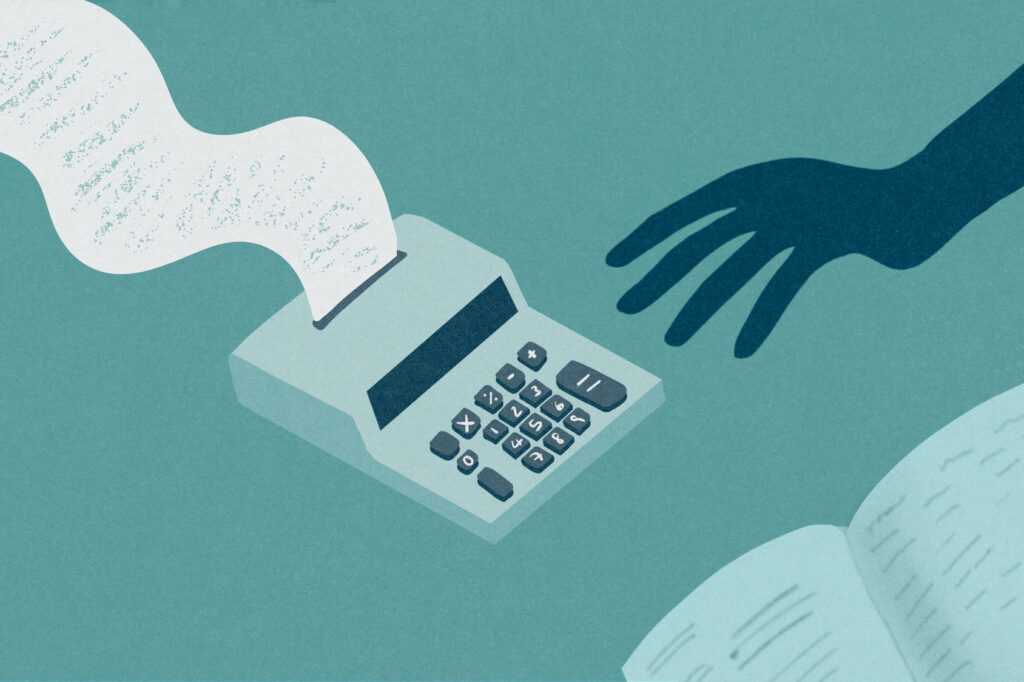Now that we’re all spending more time at home and online due to COVID-19, it’s more important than ever to be energy conscious.
COVID restrictions have resulted in households using 10 per cent more electricity than usual across Australia!
The average annual electricity bill for households in different states varies significantly. For example, the average electricity bill in Western Australia is $916 a year, whereas the average bill in the Northern Territory is $2,224 a year. The average annual bill in Victoria is $1,012 and, in New South Wales, $1,421.
Saving energy correlates directly with saving money on your energy bill, which is important when you’re on a student budget! It’s also much better for the environment. More than a third of Australia’s carbon emissions come from electricity consumption, and residential electricity consumption accounts for a quarter of this. Saving power is one way we can all do our bit to reduce global warming and care for the environment.
Here are seven ways to save energy, the environment and your bank account!
1. Collaborate!
If you’re sharing a house with a partner or housemates, it’s important to get everyone on board with energy-saving. Schedule in time for a chat or house meeting to discuss the benefits of saving energy (and, therefore, money) and strategies that everyone can follow. You’re far more likely to be successful in reducing your energy bill if everyone in the household is committed to the same cause. If there are certain strategies that people find harder to remember, little stickers or post-it notes (for example, reminding people to turn off lights) can be a great way to remind everyone. Get everyone working together to save on your energy bill!
2. Choose efficient heating and cooling units
You may not have much choice on the kind of heating and cooling in your home but, if you do, reverse-cycle is by far the most efficient. It is much more efficient than radiant/bar heaters, or evaporative air-conditioning.
3. Use your heating and cooling efficiently
Regardless of the type of heating or cooling system in your home, try to use it as efficiently as possible. You can do this by making the space you are heating or cooling as small as possible. Make sure doors and windows are shut, close off rooms not being used (e.g. toilet and kitchen), and use a ‘door snake’. You’ll find your space will heat up or cool down much faster.
If your climate control system doesn’t have an automatic thermostat, turn the system off when the room reaches a comfortable temperature rather than leaving it on for hours at a time. When you get a bit too hot or cold, turn the system back on. You’ll save a surprising amount of energy this way!
4. Learn about hard switches vs. soft switches
Switches that make a click sound (‘hard switches’) stop an appliance from using any power at all. Soft switches, like the buttons on a TV remote, require the device to be in standby mode to receive a signal (like turning your TV back on). While devices are in standby mode, they’re using a small amount of power the whole time. This is known as ‘vampire power’.
For this reason, it’s a great idea to run similar appliances (like your TV, sound system and gaming console) through an energy-efficient power board. This way, you can turn them off at the wall, or with a smart power board or switch to avoid using unnecessary power.
5. Buy energy-efficient appliances
Where possible, use energy-efficient appliances. If you’re buying a new (or second-hand) fridge or washing machine, check the Energy Rating Label (the star rating sticker). The more energy-efficient the appliance is, the more you will save when your energy bill comes in.
6. Install energy-efficient lightbulbs
Did you know that natural light is the most efficient way to illuminate your home? Lighting can account for about seven per cent of the energy used in your home. When you need electric light, keep in mind that there are different types of lightbulbs and the energy efficiency varies with each type. LED (light-emitting diode) is the most efficient type, followed by fluorescent tubes, and CFL (compact fluorescent), but fluorescents need replacing much more often. Replace any old-style (incandescent) globes in your home because these use, by far, the most electricity – so they’re the most expensive!
Look into energy-saving government initiatives, such as the Retailer Energy Productivity Scheme in South Australia, or the Victorian Energy Upgrades program in Victoria, to see if you’re eligible for any free or discounted energy-efficient lightbulbs, or other assistance with saving energy in your home.
7. Turn things off when you’re not using them!
This final tip may seem simple but it’s one of the easiest ways to save energy in your home. How many times have you gotten up in the morning to find the lounge/living room light or the television on? Make sure lights and air-conditioners or heaters are off when nobody is in the room. If you can, get into the habit of turning things off whenever you leave the room, even if you’re planning to come back later.





